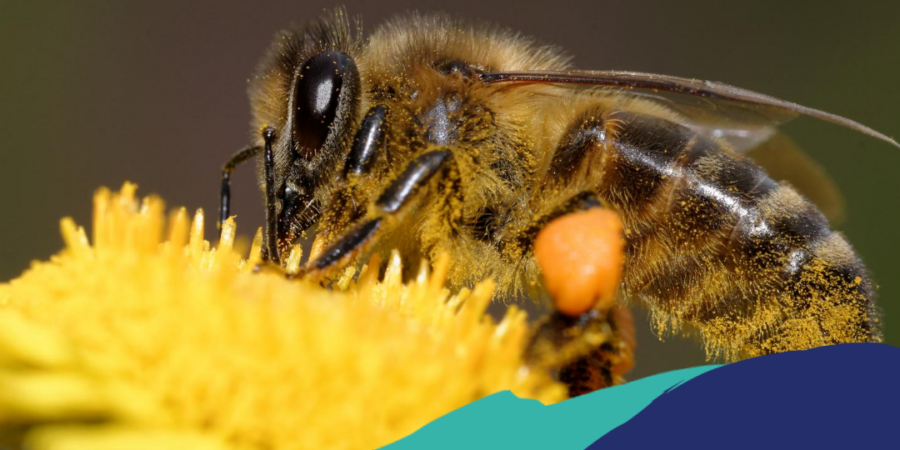



28 August 2020
Usually, the sting is harmless and causes only redness, pain, or a burning sensation. In extreme cases, however, stings can lead to anaphylactic shock.
In two cases, an insect sting is particularly dangerous: if the bee or wasp has attacked the area around the mouth, throat or tongue (the resulting swelling can cause airway obstruction) or if the person stung is allergic to the insect's venom. Both situations can be life-threatening and require immediate medical attention.
Stings
A single insect sting should not be dangerous, but the sensitivity of individuals to insect venom varies. The most dangerous are stings in the neck, palate, tongue, and inner cheek area. They cause swelling of the mucous membranes, larynx, and blockage of the respiratory tract. It is worth knowing that a bee can only sting once; the stinger is equipped with hooks that hold it in the skin. A wasp, hornet, and bumblebee can sting multiple times, so you have to expect additional attacks.
Advice
Stinging insects prefer dark colors, so to reduce the risk of stinging, it is better to wear light-colored clothes. It is best to avoid – strong perfumes, aftershaves, other fragrant preparations.
Wasps are DANGEROUS; killing one causes all the wasps in the nest to attack, because when killed, the venom sac bursts and releases a chemical substance whose smell provokes the insects to attack.
At the moment of sting, the injected venom causes:
- pain;
- reddening;
- edema.
These symptoms last from several hours to a day, and are influenced by the number of stings, the type of insect, and the individual immunity of the body.
In allergic people, anaphylactic shock may occur.
Disturbing symptoms:
- paleness of the skin;
- drop in blood pressure;
- dizziness;
- nausea and vomiting;
- swelling of the tongue or face;
- accelerated heart rate;
- rash on part or all of the body;
- feeling of chest tightness;
- dyspnoea;
- swoon
First aid
- Place the patient in a supine position with their legs slightly raised up, and provide access to fresh air.
- Call for help immediately – Emergency Medical Services (tel. 112 or 999)
- Check if they have a wristband with information about a disease (diabetes, epilepsy, allergy), in case of allergies check if they have an adrenaline syringe with them. Administer adrenaline into the thigh muscle.
- Do not give an unconscious person anything to drink.
- In case of vomiting – place the patient in the recovery position.
- If vital signs have ceased (no pulse or breathing), immediately begin cardiac massage and artificial respiration – continue until the emergency medical team arrives.
- Every person who has had an anaphylactic reaction at least once in their life should have adrenaline with them (in a pre-filled syringe or automatic injector). The person's loved ones should be trained in the principles and method of administering adrenaline.
Source: gis.gov.pl
Another edition of the Health Policy Program for the Prevention of Tick-Borne Diseases (Lyme disease), implemented between 2023 and 2025 for residents of Wrocław County, is coming to an end. This initiative was made possible thanks to the involvement of Wrocław County and the financial support of the Lower Silesian Voivodeship Government. The program, implemented by the NZOZ Twój Lekarz (Your Doctor Public Healthcare Facility), generated significant interest, with over 500 people participating. Its main goal was to increase health awareness…
Who we are
In our work, we are guided by the idea of a family doctor who provides the patient with comprehensive care at all times, not only when they are ill. Our mission is to take care of the health of residents on a daily basis. We provide health education and promote prevention.
Copyright © Wrocław 2021 NZOZ Your Doctor Sp. z o. o. All Rights Reserved.
Website created by KomuKoncept: www.komukoncept.pl






